How does climate change affect forests?
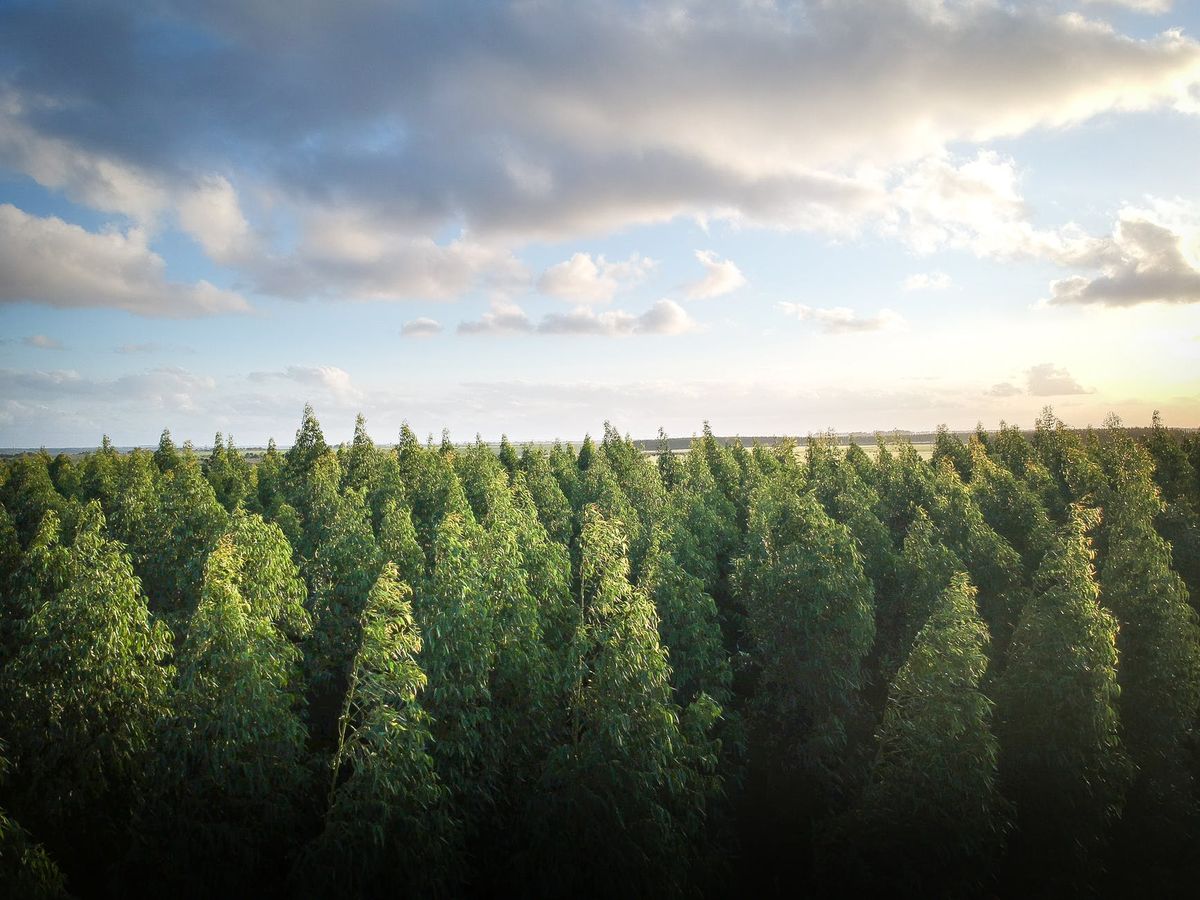
A few minutes every morning is all you need.
Stay up to date on the world's Headlines and Human Stories. It's fun, it's factual, it's fluff-free.
There are many different forest biomes on Earth, and climate change poses a risk to their ideal conditions for individual forests and forests as a whole. So, read on to learn more about the complex relationship between climate change and forest sustainability.
How does climate change affect temperate forests?
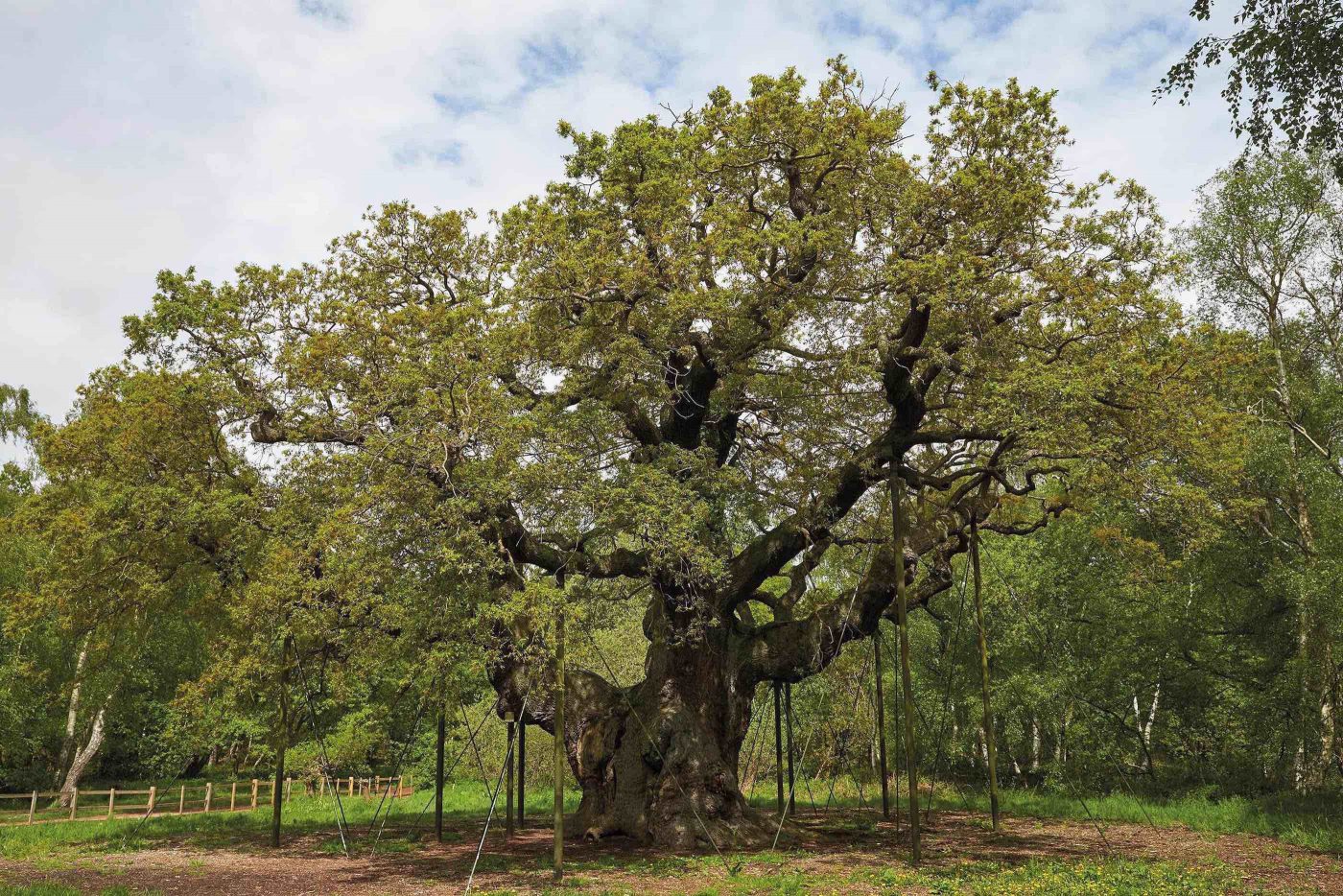
What are temperate forests?
Temperate forests are also known as temperate deciduous forests. The National Aeronautics and Space Administration (NASA) Earth Observatory notes that this ecosystem is found between the polar regions and the tropics. This means that temperate forests are present in areas that don’t get too hot or too cold. Since these areas are exposed to a broader range of weather, they experience four seasons: Winter, Spring, Summer and Fall.
Trees in temperate forests have adapted to survive the cold weather, and this adaptation can be observed in the seasonal color change of their leaves. In autumn, leaves begin to change color and then fall off during the wintertime. Springtime is when the leaves will grow back, and once summer ends, the cycle starts over again.
A notable exception to this are conifers, which retain their green leaves all year round and, as such, are frequently referred to as “evergreens.” Conifers are represented more in their forest biomes, but they can appear alongside deciduous trees.
So, what’s an example of a temperate forest? One famous example is the Sherwood Forest in England, the fabled home of the legendary Robin Hood.
What is the largest temperate forest?
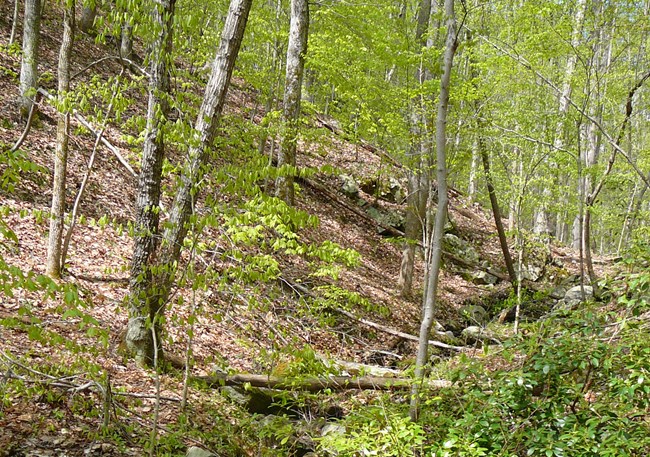
While it might be hard to pin down the exact largest temperate forest, the eastern United States holds an argument for the largest continuous deciduous forest area. The Eastern Deciduous Forest ecosystem spans 26 states. Stretching from Florida to southern Canada, it once occupied about 2,560,000 square kilometers, which is almost a million square miles.
How does climate change affect temperate forests?
Temperate forests exist between extremes, and they have adapted to handle a specific range of temperatures and scenarios. If temperatures continue to rise due to climate change, increased wildfires, droughts and other extreme weather events can be expected.
These drastic shifts in temperature can throw ecosystems out of balance. Fauna that was previously kept in check might overgrow and become a threat in these new conditions. Meanwhile, other habitats may become inhabitable for other species, threatening their way of life.
This graph from the United States Environmental Protection Agency (EPA) shows the increasing effects of climate change on forests. For one example, this shows how the prevalence of wildfires has increased and how the increase is predicted to continue.
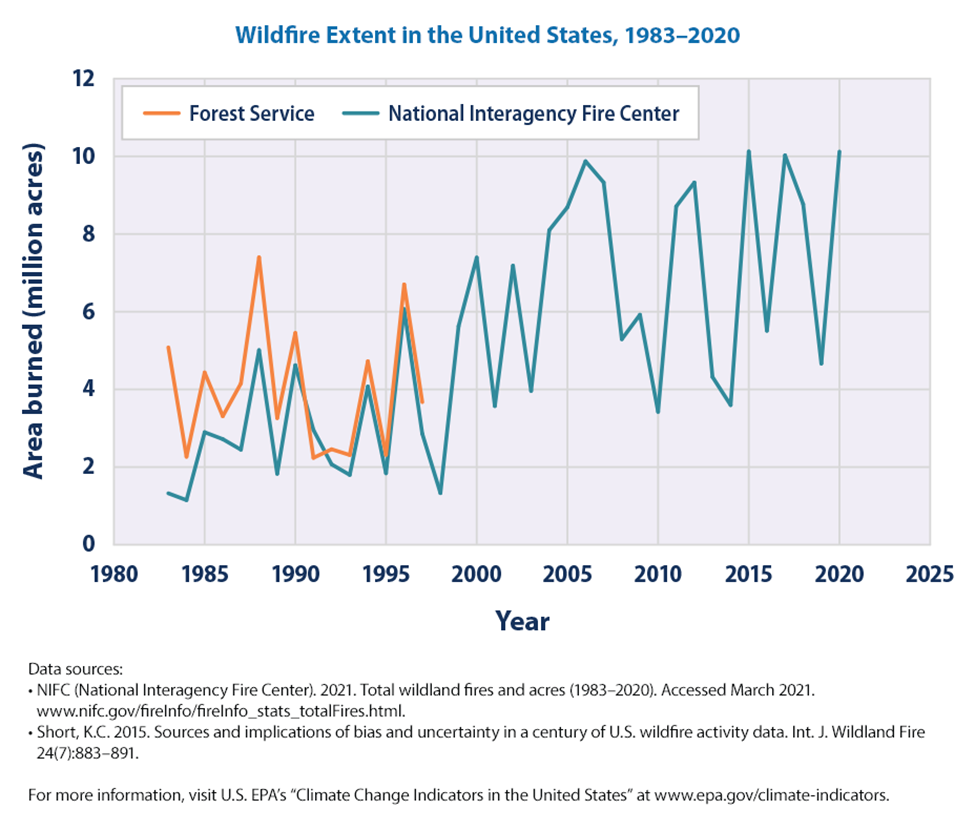
How does climate change affect coniferous forests?
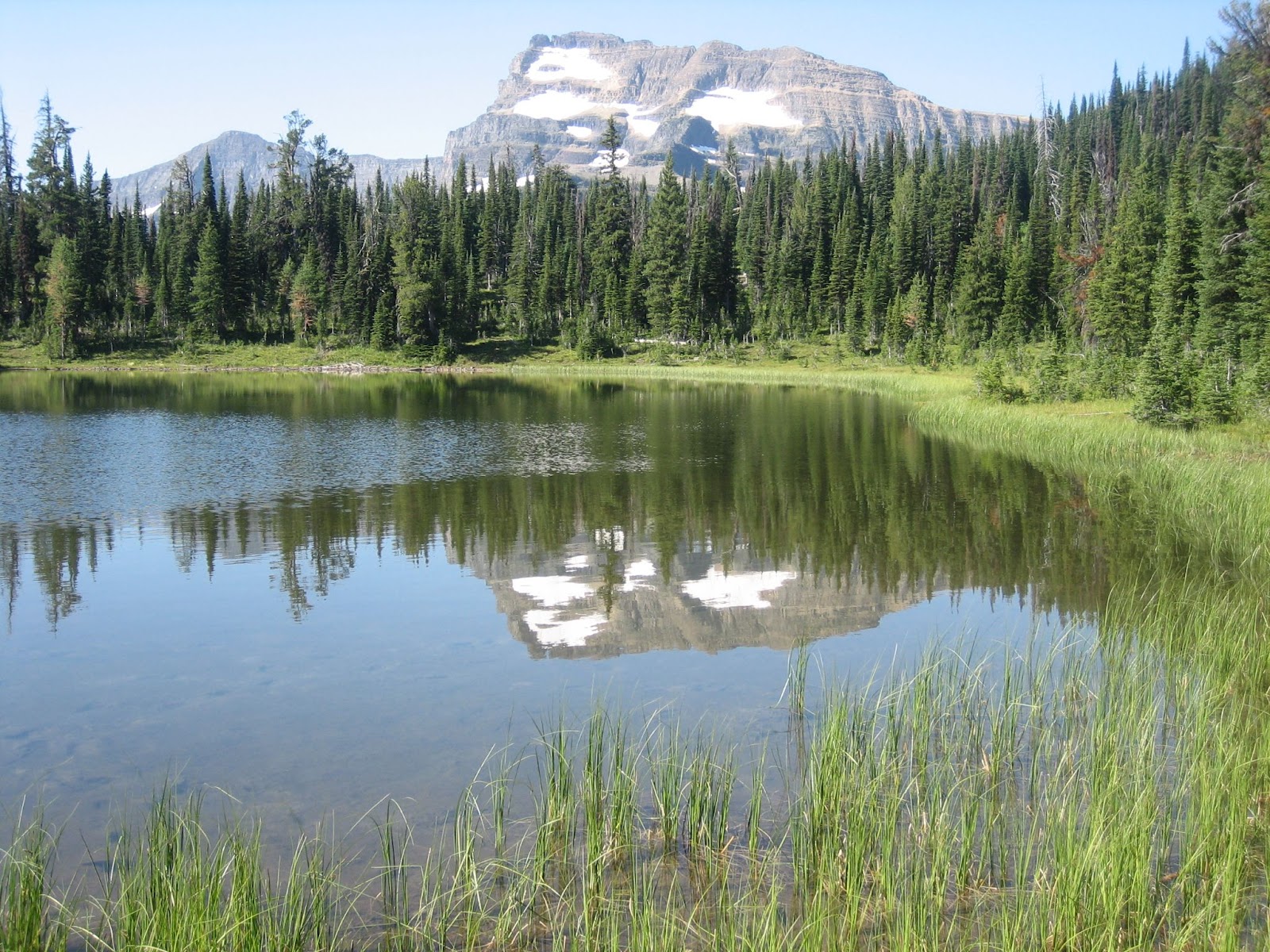
What is a coniferous forest?
A coniferous forest is defined by the presence of conifer trees, which the NASA Earth Observatory describes as trees that have needles instead of leaves and produce cones instead of flowers. These trees are typically evergreen, which means their needles remain all year long, as opposed to the shedding and regrowth of leaves in deciduous forests. Spruce, pine and fir trees are common conifers.
This is an essential trait as coniferous forests are mainly found in cold and temperate regions, between the tundra and deciduous forests in the northern hemisphere. These unique traits of conifer trees mean that they can sustain themselves in these cold and dry areas. One example of coniferous forests is in the Colorado Rockies, which features a heavy presence of coniferous trees. Individually named and recognized coniferous forests aren’t as easy to find, as the most significant example of this ecosystem is present in one sizable continuous belt across the northern hemisphere.
What is the largest coniferous forest?
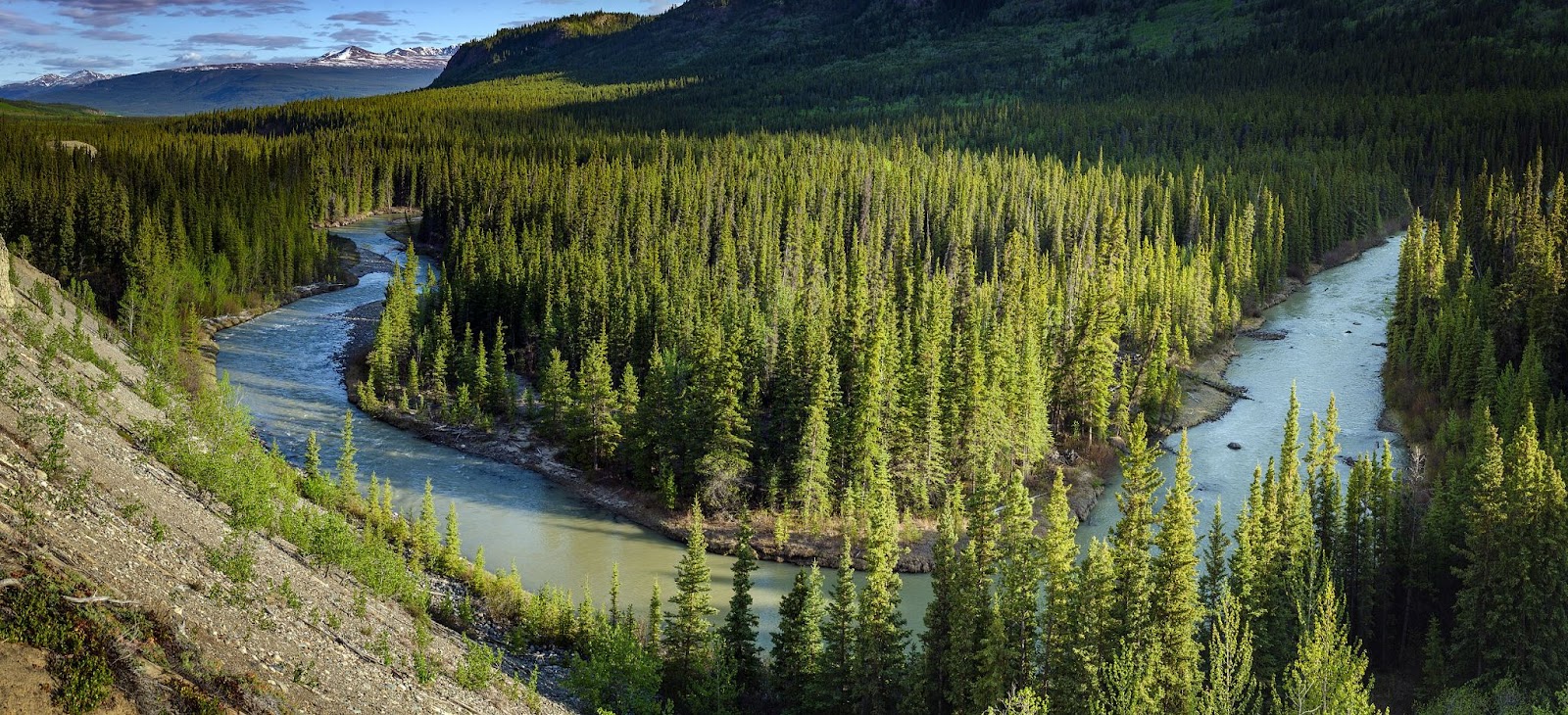
The largest coniferous forest is referred to as the Taiga in Russia and the Boreal Forest in North America. This area is a belt of coniferous trees that expands through North America and Eurasia. The boreal forest is often called the world’s largest biome.
How does climate change affect coniferous forests?
As mentioned before with temperate forests, increased temperatures and drought due to climate change present a grave danger to coniferous forests. Fires can often be beneficial and aid these forests in their life cycle, but with drier conditions extending because of climate change, it is harder for them to bounce back after a fire.
NASA Earth Observatory’s following graph helps illustrate climate change in coniferous forests. The graph shows that as temperatures increase, coniferous forests expect to get less rainfall, which causes extended drier conditions.
How does climate change affect rainforests?
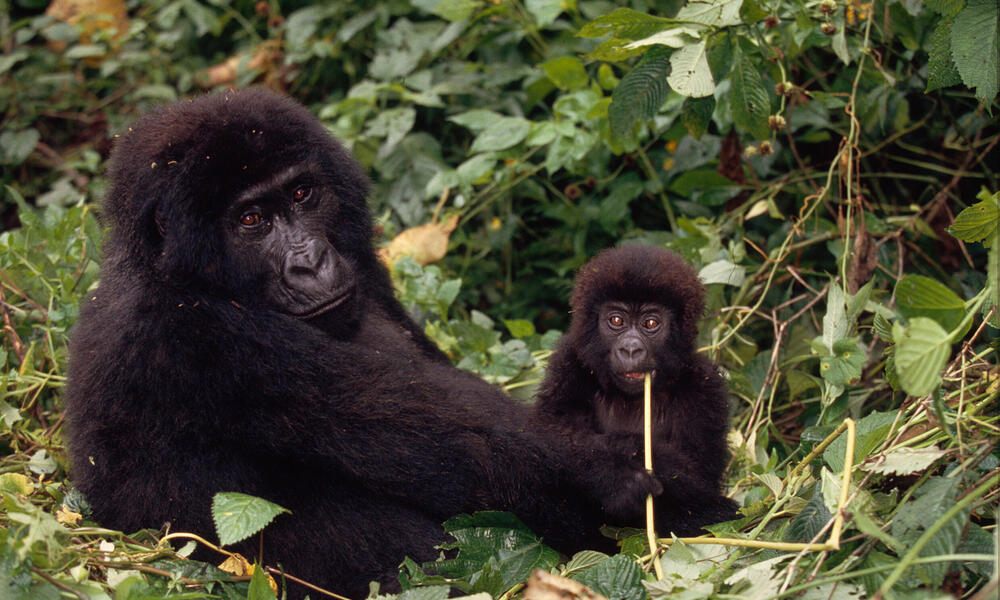
What are rainforests?
According to National Geographic, a rainforest is an area defined by tall, mostly-evergreen trees and a high amount of rainfall. While only covering 6% of the Earth’s surface, rainforests can be found on every continent except Antarctica and are home to more than half of all plant and animal species on Earth.
Many people may be familiar with the term “tropical rainforest,” but those represent only one category of rainforests. Temperate rainforests are another type, typically located in much cooler regions than the tropics. They are often located in coastal and/or mountainous regions, so they receive high amounts of rainfall.
The Congo Rainforest in Africa, the Southeast Asian Rainforests and the Daintree Rainforest in Australia are some notable examples of rainforests around the world. The Congo Rainforest measures around 500 million acres, yet it is still only the second-largest rainforest in the world.
What is the largest rainforest?
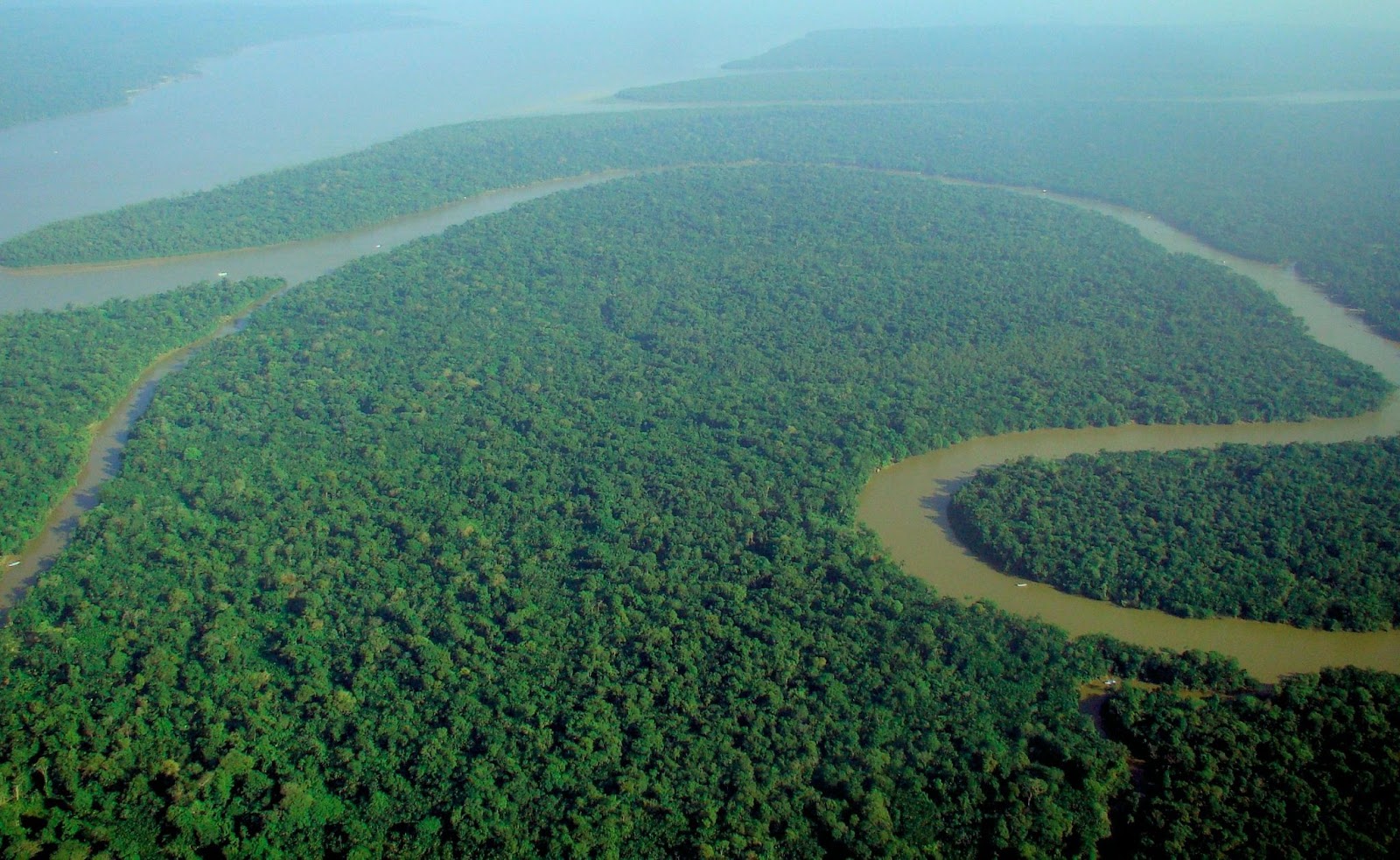
The Amazon Rainforest is the largest rainforest on the planet. This rainforest extends around 5.5 million square kilometers or 2.1 million square miles. The Amazon covers about 4% of the earth’s surface, and a third of all known plant, animal and insect species live here.
How do rainforests influence Earth’s climate?
On a global scale, rainforests aid the climate by absorbing large amounts of carbon dioxide from the atmosphere. Increasing amounts of carbon dioxide produced by human activities play a significant role in climate change. This means that rainforests play an important role in keeping climate change in check.
How does climate change affect the rainforest?
The concerning theme with increased temperatures and drought continues with rainforests as well. Long dry seasons and prolonged weather events like forest fires pose an existential risk to these ecosystems.
The Amazon is a crucial case to look out for, as these forests hold high amounts of carbon. If they are continually deforested, this carbon is released into the atmosphere, making the problem of global warming even worse.
How does climate change affect the growth and structure of forests?
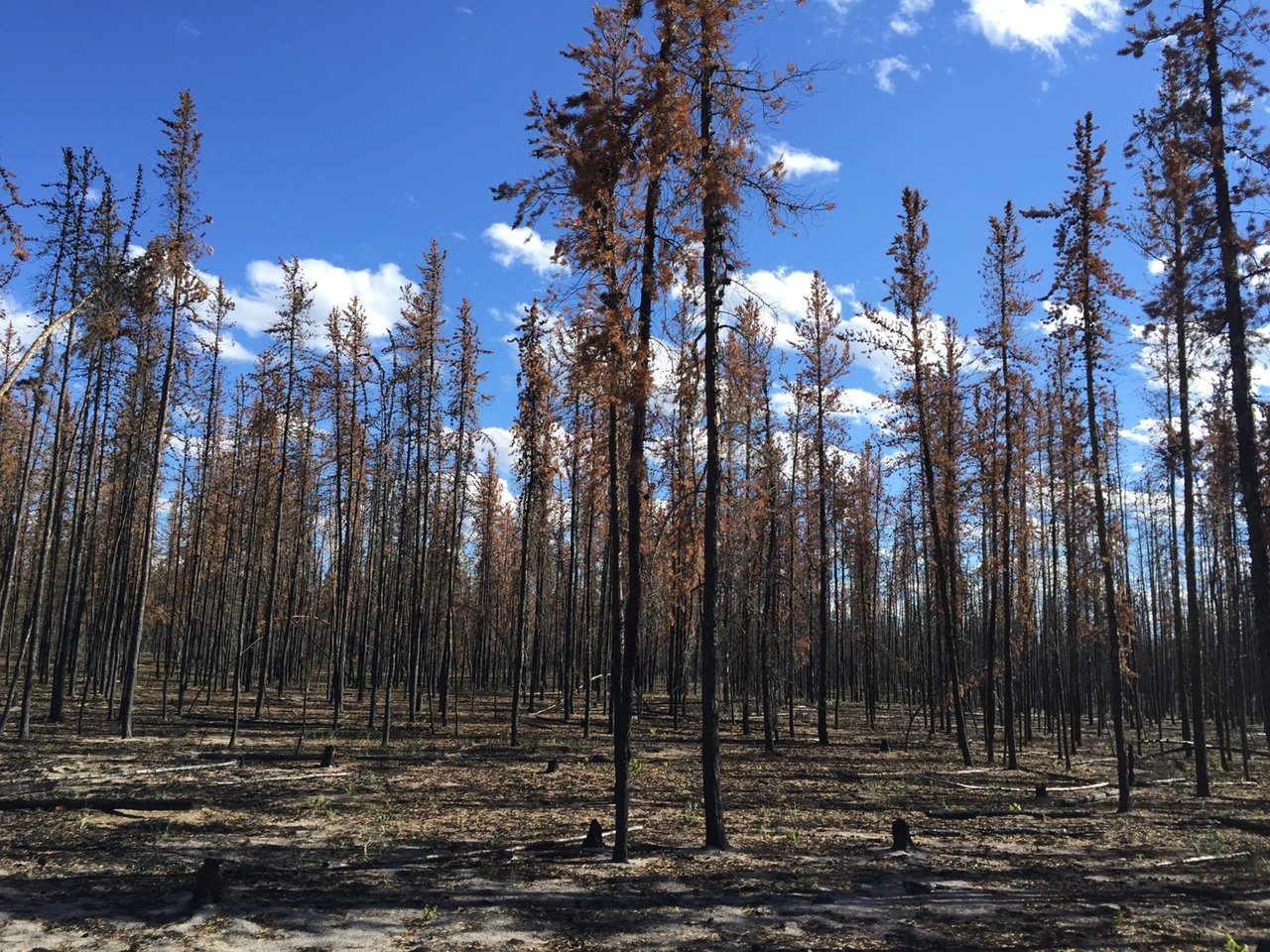
As climate change forces new conditions on forest ecosystems, they will have to adapt to survive. For example, tree migration means that trees gradually move toward areas where they can more reliably survive. However, for species with more specific needs, this isn’t always possible.
Speaking to the College of Natural Resources at North Carolina State University, Robert Scheller, a professor in the Department of Forestry and Environmental Resources and the college’s interim associate dean of research, said:
“Species redistribution isn’t necessarily a bad thing. But it’s possible that some trees could go extinct, especially those with small ranges. So if there are species we’re concerned about, we need to collect their seeds and plant them in areas where we think they’ll survive climate change.”
Other disturbances, like increased insect outbreaks, wildfires and storms, will mean that forests can face destruction from harsh conditions that they don’t have time to recover from.
Climate change is a disruptive force that imposes new conditions on forests that they must adapt to for survival. Adaptation may be the ultimate power of nature, but human activities may mean that species cannot adapt as fast as climate conditions are changing.
Have a tip or story? Get in touch with our reporters at tips@themilsource.com




Comments ()